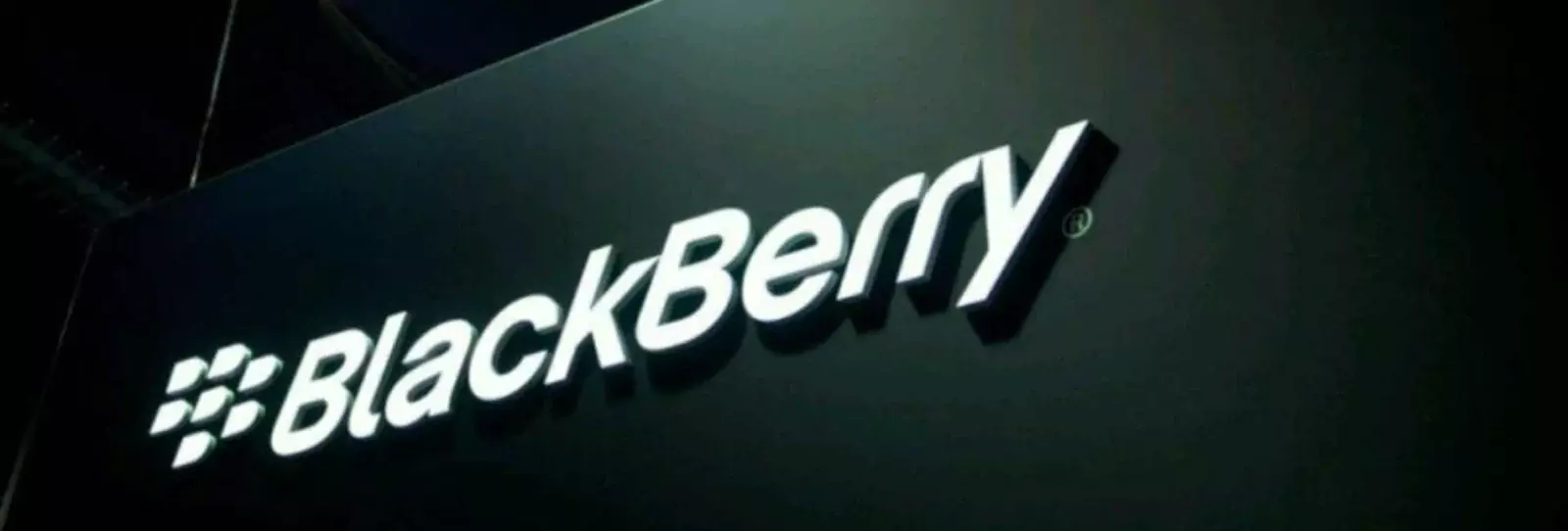BlackBerry today announced the addition of a new specialized Value-Added Integrator (VAI) program that will build a worldwide network of experts trained on BlackBerry QNX and Certicom technologies.
The VAI program allows partners to deliver integration services and build upon BlackBerry’s embedded technologies to design and develop secure, mission-critical solutions – ultimately accelerating product time to market.
John Wall, senior vice president and head of BlackBerry QNX said,
“The explosion of unsecured Internet of Things devices and embedded systems has presented a tremendous opportunity for security and software solutions. As such, we are experiencing strong demand for BlackBerry QNX embedded software and Certicom Elliptical Curve Cryptography-based security solutions,”
“Our new VAI program will enable us to reach broader markets and expand our channels of distribution for a wider range of embedded applications that demand highly reliable and secure software solutions.”
VAI partners will provide support for technologies and services including BlackBerry’s QNX Neutrino Realtime OS, QNX Momentics Tool Suite, QNX Hypervisor, QNX SDK for Apps & Media, QNX Wireless Framework, QNX OS for Safety, QNX OS for Medical, Certicom Toolkits, Certicom Managed Public Key Infrastructure and Certicom Asset Management System. Applications include automotive systems, medical surgical robots, smart grids, train control systems and industrial automation.
Early partners participating in the VAI program, include Archermind Technology, Mcloudware, Micon Global, Mission Embedded, and ThunderSoft.
Jackey Yang, Executive Vice President and Co-founder, ArcherMind Technology commented,
“We work closely with chipset vendors, OEMs and ODMs to build cost-effective turnkey embedded solutions in China and globally. We’re excited about the opportunity to deepen our expertise in BlackBerry QNX’s safety- and security-certified embedded software, which will enable us to accelerate and reduce the cost to build and secure such products as white goods, automated fare collection systems, and commercial buses.”



